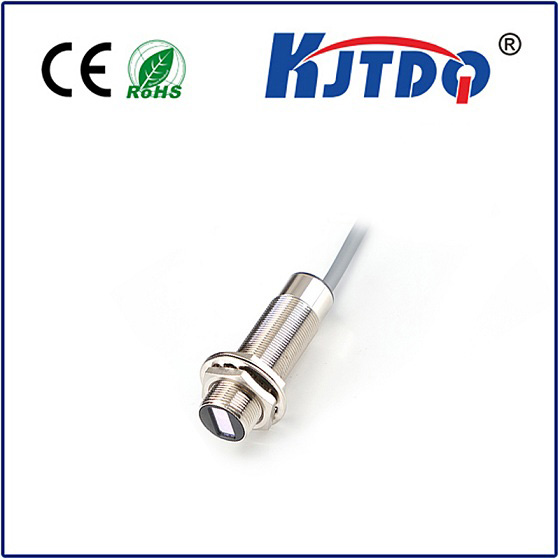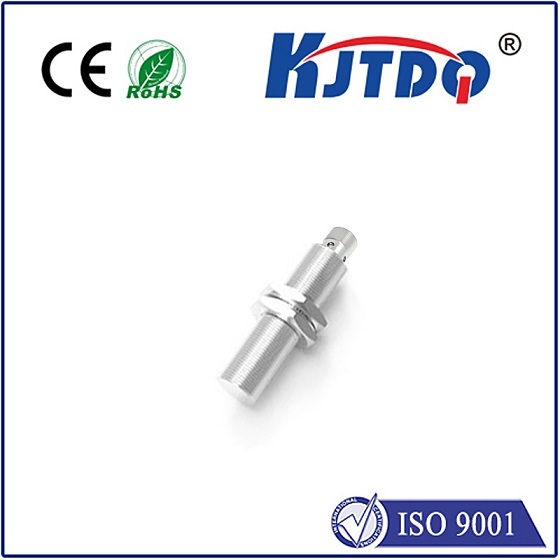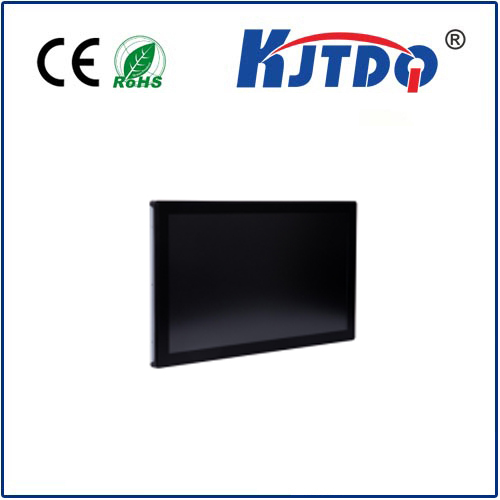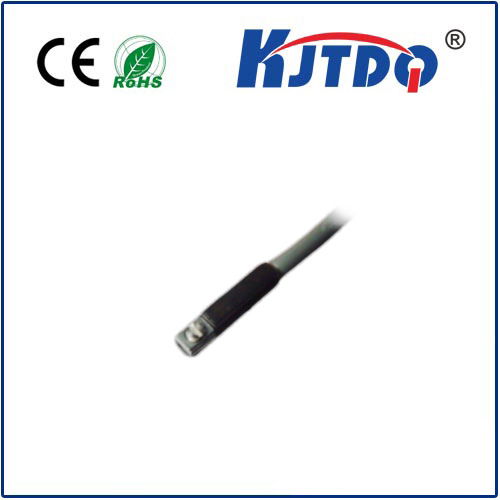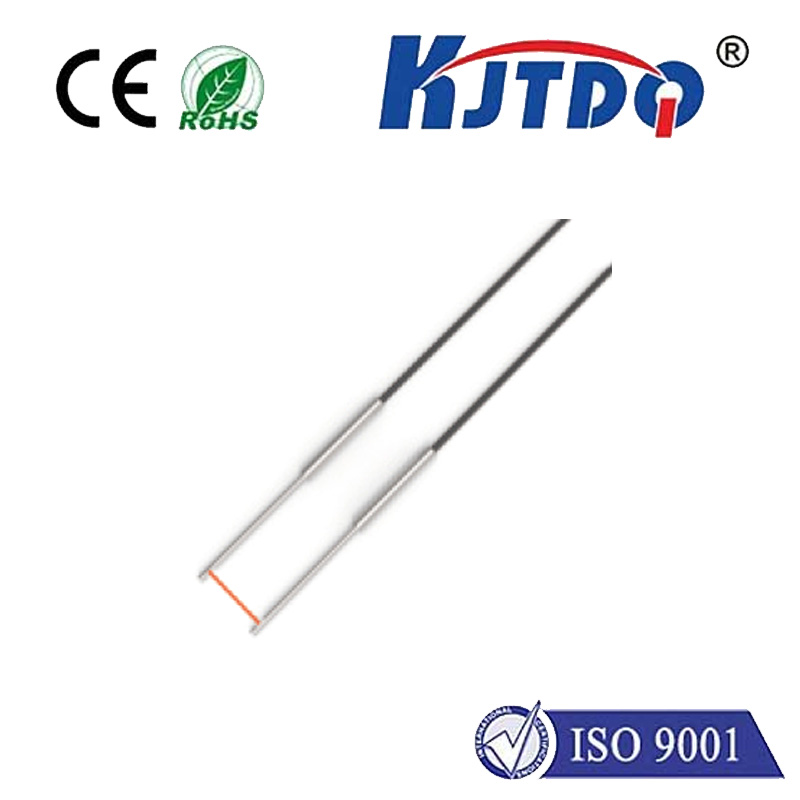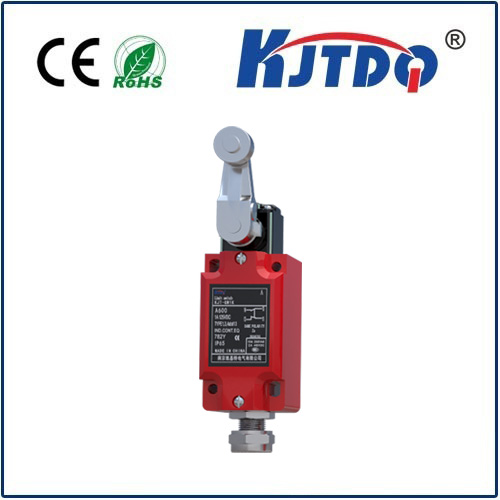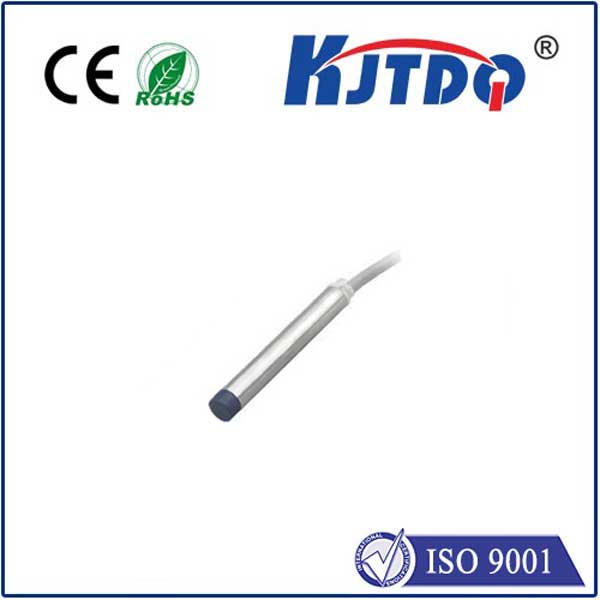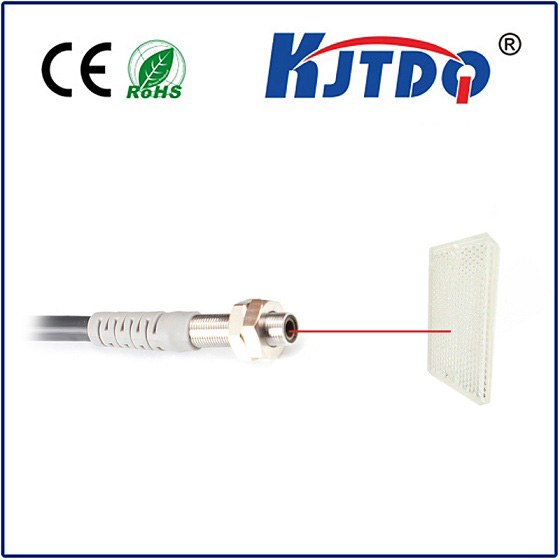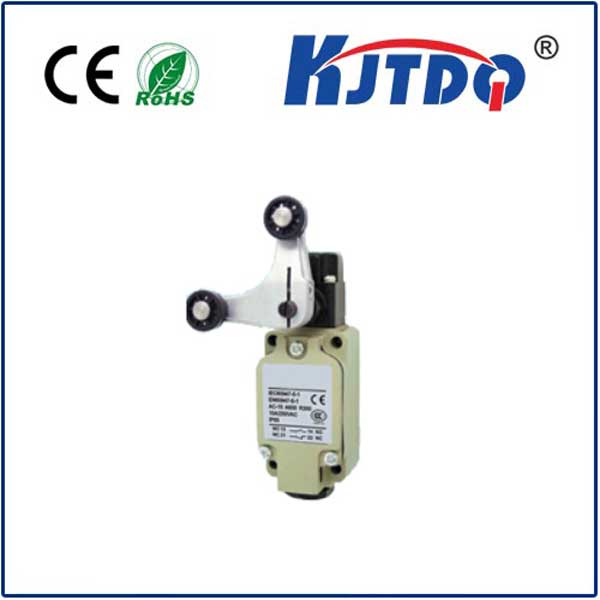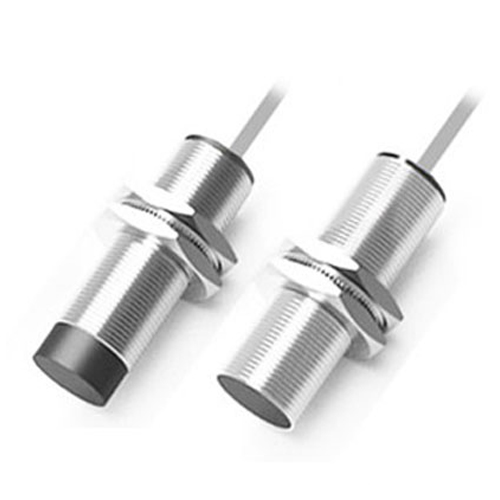Магнитный датчик приближения
- time:2025-07-01 12:58:10
- Нажмите:0
Unseen Guardians: How Magnetic Proximity Sensors Revolutionize Detection Without Touch
Imagine a world where machines reliably know the position of moving parts without constant clunking sounds or physical wear. Where elevator doors glide open safely, car windows reverse instantly when meeting an obstruction, and factory robots operate with pinpoint precision. This isn’t science fiction; it’s the everyday reality made possible by a remarkably robust and silent technology: the Магнитный датчик приближения. These ingenious devices act as the unseen eyes and ears of countless automated systems, providing vital position and presence information through the power of magnetism.
Understanding the Core Principle
At its heart, a magnetic proximity sensor detects the presence or absence of a magnetic field, typically generated by a separate permanent magnet (the “target”). Unlike mechanical switches requiring physical contact, they operate contactlessly. This fundamental characteristic unlocks a plethora of advantages critical to modern engineering. When the magnet mounted on the moving object comes within a specific detection range (the sensor’s sensing distance), it triggers a change in the sensor’s internal state, usually resulting in an electrical signal output. This signal tells the control system: “The target is here” or “The target has left.” The avoidance of mechanical contact translates directly to exceptional durability, minimal wear, and high reliability.
Key Technologies Inside: Hall Effect vs. Reed Switch

Two primary technologies dominate the magnetic proximity sensor landscape:
- Hall Effect Sensors: These are the workhorses of modern applications. They utilize the Hall Effect – a phenomenon where a voltage difference is created across an electrical conductor when it’s subjected to a perpendicular magnetic field. This voltage change is meticulously measured by integrated circuitry within the sensor. Hall Effect sensors offer significant advantages:
- Solid-State Reliability: No moving parts, leading to incredibly long lifespans even under vibration.
- High Switching Frequencies: Capable of detecting very rapid movements.
- Precise Detection: Consistent performance and ability to sense very small magnetic fields.
- Output Flexibility: Can provide analog (proportional to field strength) or digital (on/off) signals.
- Environmental Resilience: Excellent resistance to dust, dirt, moisture, and corrosion.
- Reed Switches: An older but still relevant technology. A reed switch consists of two thin, ferromagnetic metal reeds sealed within a small glass tube filled with inert gas. When a strong enough external magnetic field is applied, the reeds become magnetized and flex together, creating an electrical contact. Once the magnet moves away, the reeds spring back apart. Their strengths include:
- Simplicity: Very straightforward design and operation.
- Zero Power Consumption (Basic Types): They are passive devices requiring no internal power source to function as a switch.
- Isolation: The sealed glass tube provides good electrical isolation between the contacts and the surrounding environment.
Generally, Hall Effect sensors are preferred for demanding industrial environments due to their robustness, speed, and precision, while reed switches find niche applications where simplicity and passive operation are paramount.
Why Magnetic Proximity Sensors Dominate Key Applications
The unique blend of features offered by magnetic proximity sensors, particularly Hall Effect types, makes them indispensable across a vast spectrum of industries:
- Factory Automation & Robotics: Endlessly monitoring cylinder positions in pneumatic/hydraulic systems, verifying end-of-arm tooling positions on robots, ensuring pallets are present on conveyors (position feedback is critical), and confirming machine guards are closed.
- Автомобильная промышленность: Detecting seat belt buckle status, sensing gear lever position (especially P/R/N/D), monitoring brake pedal travel (non-safety critical), detecting parking brake engagement, safeguarding power windows/sunroofs (anti-pinch function relies on proximity sensing).
- Consumer Appliances & Electronics: Detecting washing machine drum position, confirming refrigerator/freezer door closure, sensing laptop lid position (sleep/wake function), detecting position in printers/scanners.
- Building Automation & Security: Monitoring door/window open/closed states for security systems, controlling elevator door operation and floor leveling.
- Medical Equipment: Ensuring correct placement of components in imaging devices (like MRI), verifying closure of safety doors on sterilization equipment.
- Перевозка материалов: Detecting the passage of magnetic targets on conveyors for counting or timing, verifying gate positions.
Critical Advantages Driving Adoption
The widespread use of magnetic proximity sensors is no accident. Their compelling benefits include:
- Contactless Operation: Eliminates mechanical wear and tear, enabling near-infinite switching cycles and silent operation. This is fundamental to their long service life.
- Robustness & Reliability: Highly resistant to dirt, dust, oils, vibrations, and harsh environments (especially Hall Effect sensors). Sealed designs offer high IP ratings (Ingress Protection).
- High-Speed Response: Capable of detecting very rapid movements, essential for modern high-speed machinery.
- Immunity to Environmental Factors: Unlike optical sensors, they are unaffected by dust, fog, or opaque objects, and unlike ultrasonic sensors, they are immune to acoustic noise or air turbulence. They can even function reliably behind non-ferrous metal walls.
- Simple Installation & Integration: Typically only require power, ground, and output connections. Mounting the magnet on the target and the sensor in proximity is straightforward.
Selecting the Right Sensor: Key Considerations
Choosing the optimal magnetic proximity sensor requires evaluating several factors:
- Sensing Distance: The maximum reliable detection range between sensor and target magnet. This depends heavily on magnet strength, size, and orientation.
- Output Type: Digital (NPN/PNP transistor, NO/NC) or Analog (voltage/current proportional to distance)? Needed switching frequency?
- Environmental Conditions: Temperature range, exposure to chemicals, moisture, or explosive atmospheres (requiring ATEX/IECEx certification)?
- Electrical Requirements: Supply voltage (e.g., 10-30V DC, 5V DC) and current consumption.
- Mounting & Housing: Cylindrical (e.g., M8, M12, M18) or rectangular? Material (stainless steel, PBT plastic, nickel-plated brass)? Connection type (cable, connector)?
- Target Magnet: Size, material (usually neodymium or ferrite), grade (strength), and orientation relative to the sensor’s face are critical for achieving the required sensing distance. Sensor datasheets provide specific guidance.
By carefully weighing these parameters against the specific application demands, engineers can leverage the exceptional versatility and unmatched reliability of magnetic proximity sensors to build smarter, safer, and more efficient systems. Their silent, unseen vigilance continues to be a cornerstone of technological progress across the globe.

